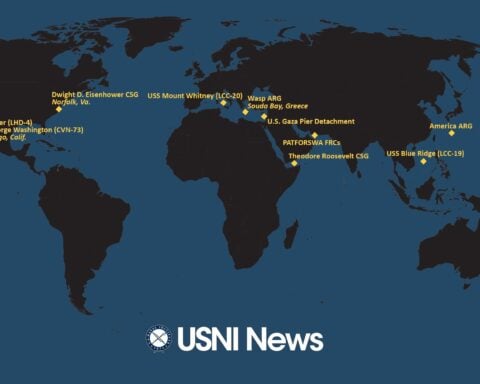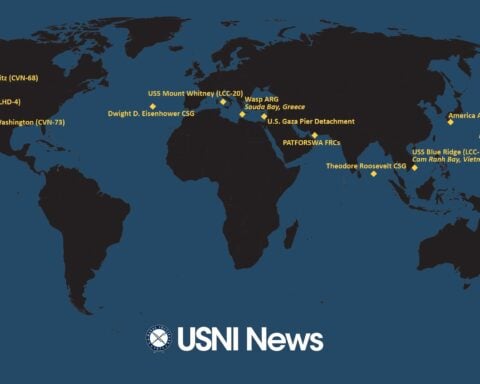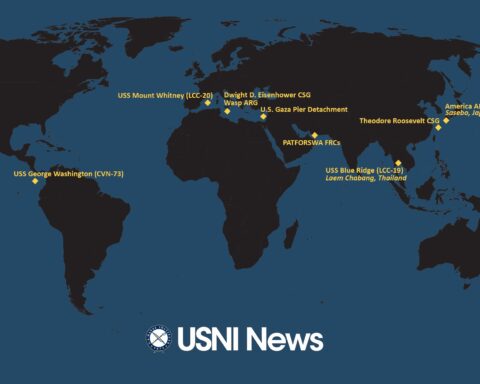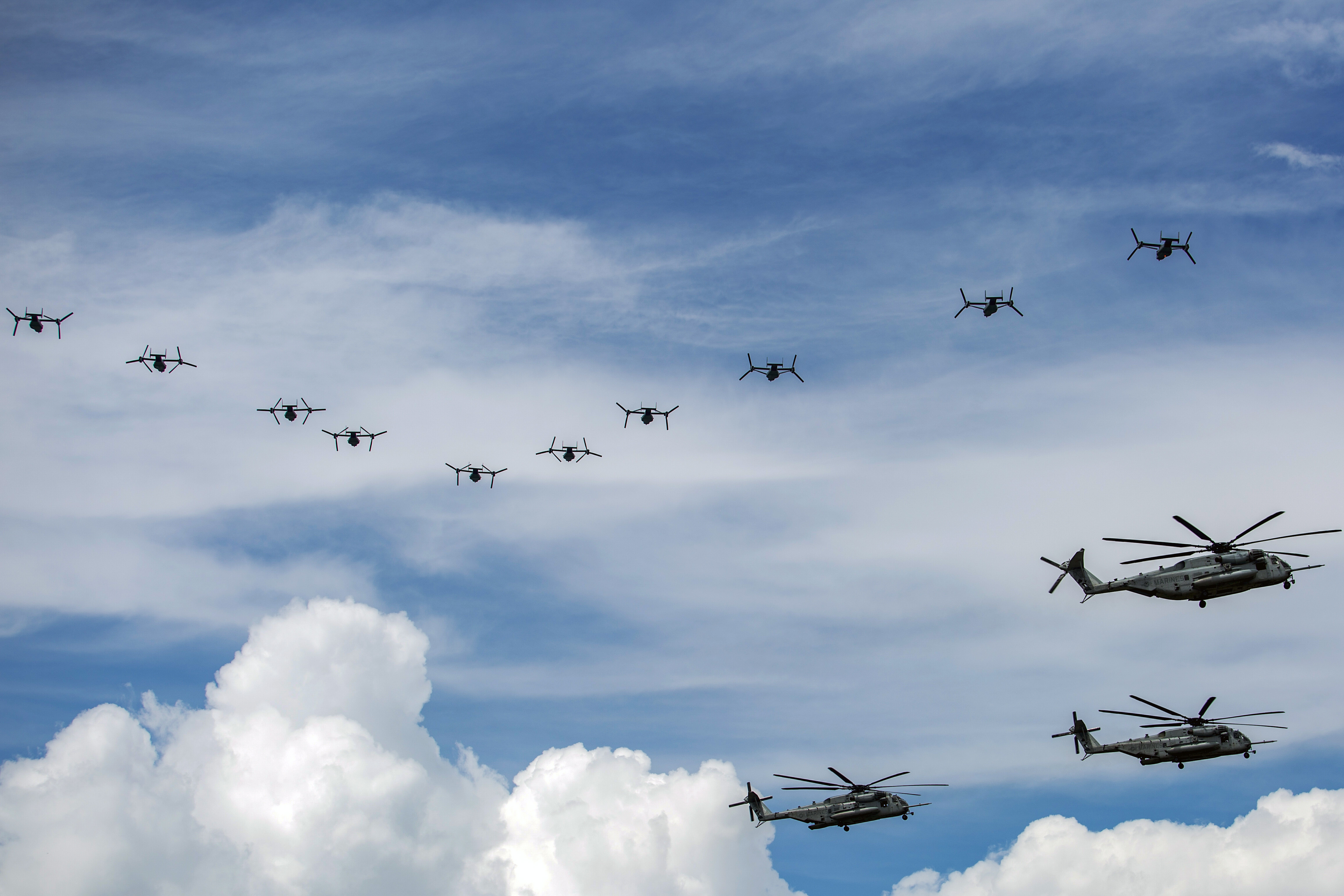
USS Iwo Jima (LHD-7) and its amphibious ready group returned home on Thursday, concluding a six-month deployment to the U.S. 5th and U.S. 6th Fleet areas of operations in the Mediterranean and Persian Gulf.
The entire Iwo Jima ARG, which has returned to homeport in Mayport, included dock landing ship USS Oak Hill (LSD-51) and amphibious transport dock USS New York (LPD-21).
During the deployment, Iwo Jima took part in a pair of exercises, Juniper Cobra and Eager Lion. Iwo Jima also hosted a group of 10 Egyptian navy officers for 10 days, according to the Navy.
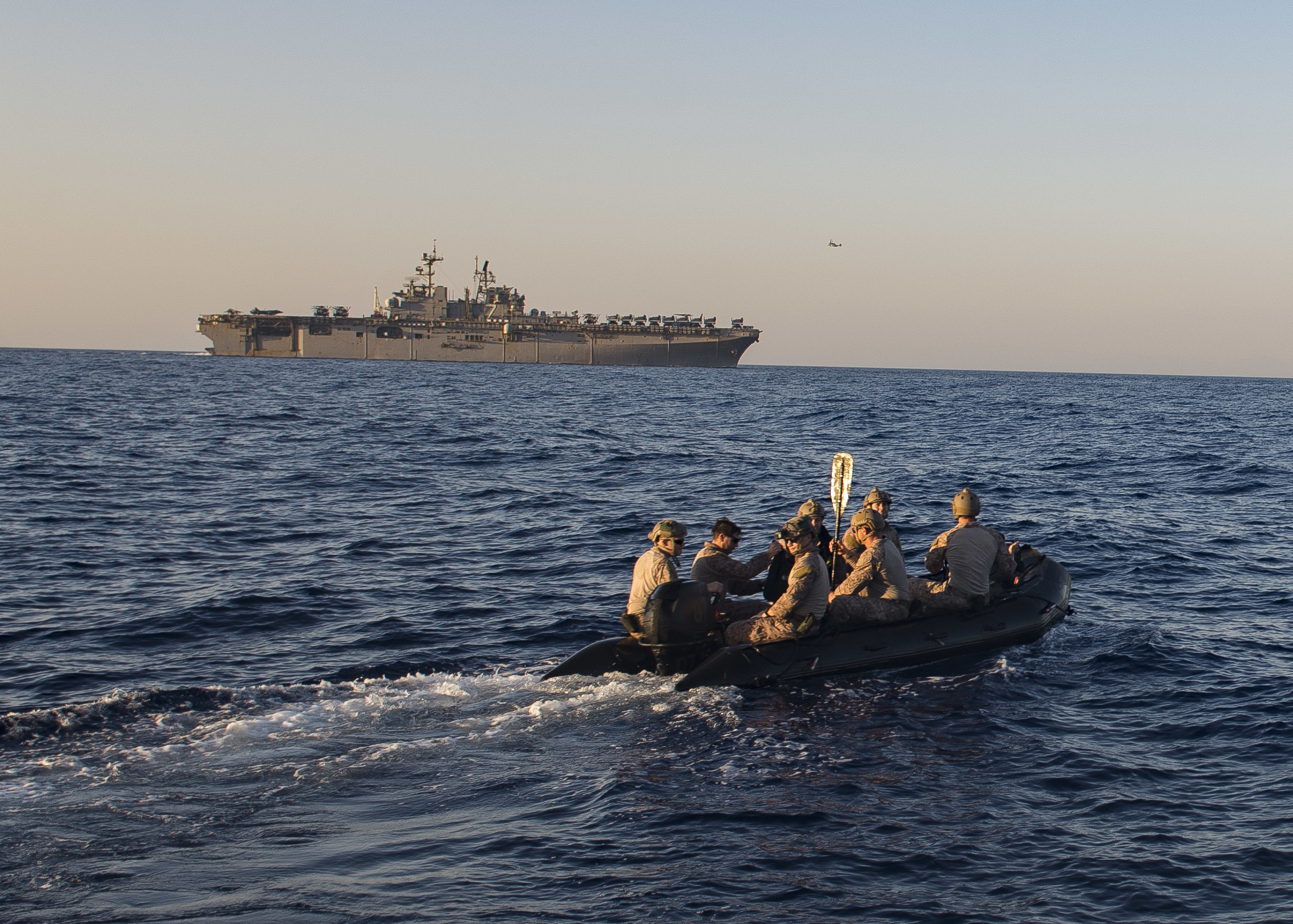
Meanwhile, the other elements of the Iwo Jima ARG operated in an extremely disaggregated formation — in two different U.S. Fleet areas of operation, off two different continents. In June, as Oak Hill led the landing force in the Baltic Operations (BALTOPS) exercise, New York was in the Mediterranean Sea, as reported by USNI News. At about the same time, Iwo Jima transited the Gulf of Aden and entered the Persian Gulf, placing elements of the Iwo Jima ARG in heart of U.S. 5th Fleet and northern end of U.S. 6th Fleet.
“What we call it today is distributed employment or distributed operations, and that seems to be more the norm now than it was in the past,” Col. Farrell Sullivan, commanding officer of the 26th Marine Expeditionary Unit embarked on Iwo Jima, said at the time in an interview with USNI News about the fleet and Marines being spread out so far.
Interestingly, when Iwo Jima, a Wasp-class amphibious assault ship, entered the Persian Gulf, USNI News reported it was the first U.S. capital ship to operate in the area since aircraft carrier USS Theodore Roosevelt (CVN-71) departed in March.
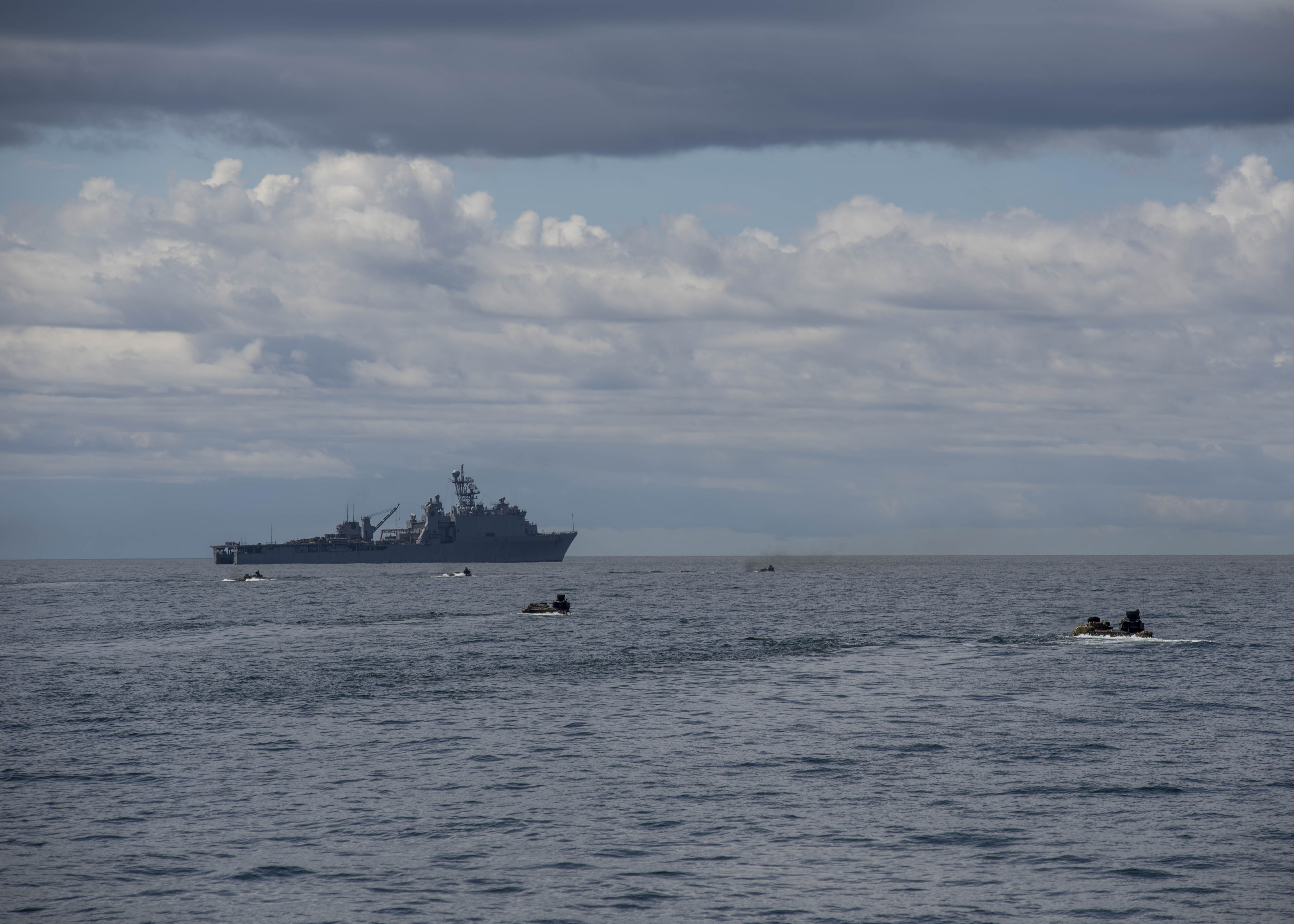
Now, with Iwo Jima back in the U.S., the Navy again does not have a capital ship – a carrier or a big-deck amphibious assault ship – operating in the region, according to the USNI News Fleet Tracker. A month ago, Iwo Jima departed the region after transiting the Suez Canal.
“This deployment was the most high-tempo one I’ve experienced in my 25-year naval career,” Capt. Joseph O’Brien, Iwo Jima’s commanding officer, said in a statement. “The entire Navy and Marine Corps team performed extraordinarily well in an incredibly dynamic environment throughout deployment.”



